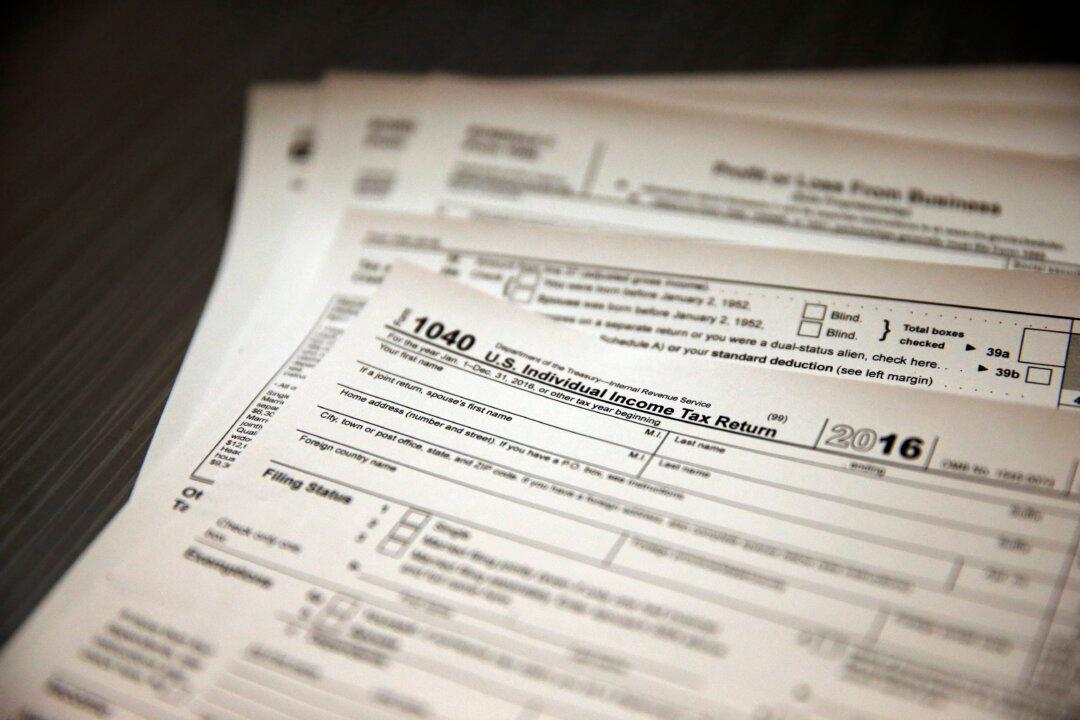Business Analysis
If 2024 was anxious, uneasy, apprehensive, or too often perturbing because of worker shortages, political unrest, and ongoing inflation, the new year might prove more stable and uplifting, if you can handle the continued bumpiness—that is the view of several national expert economists heading further into 2025.




